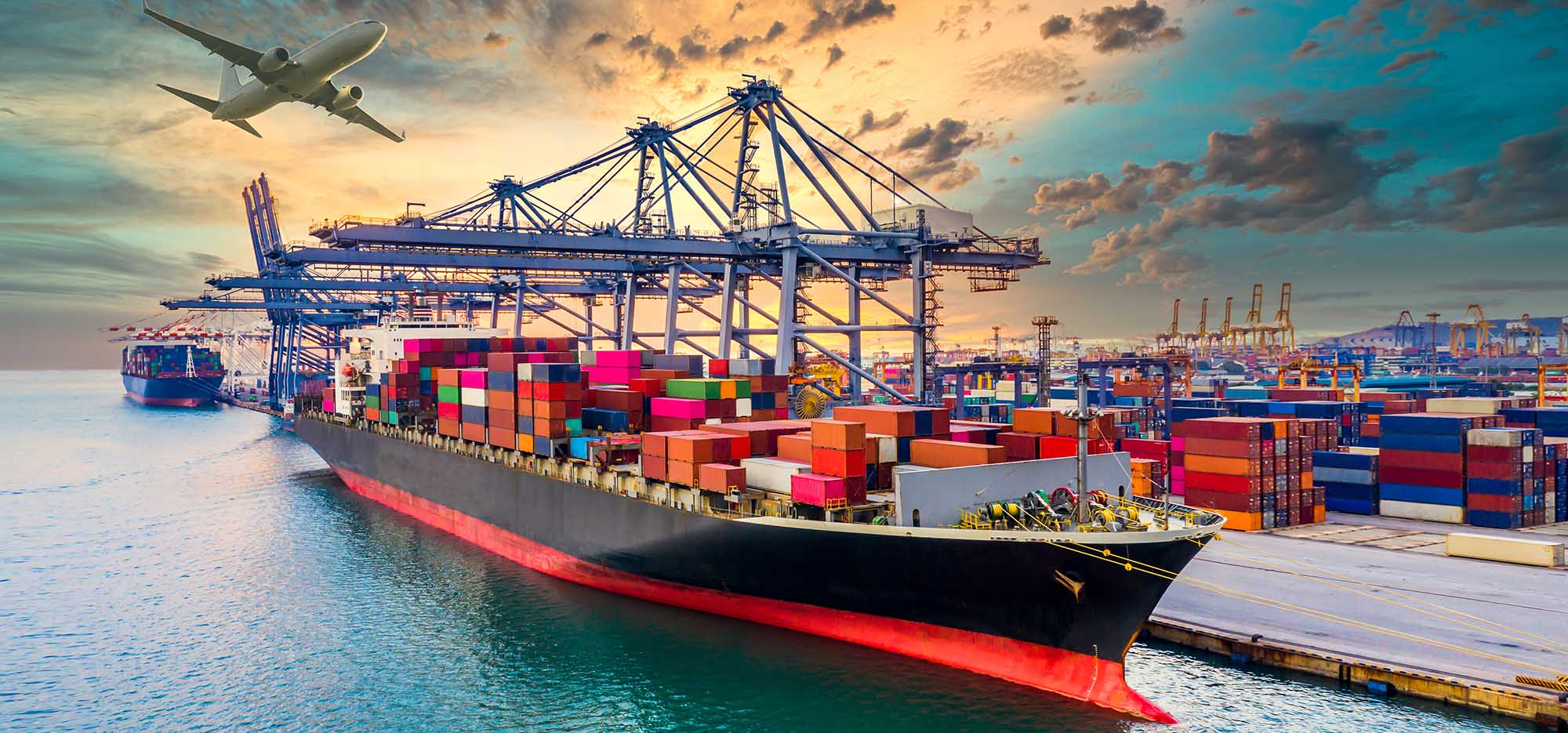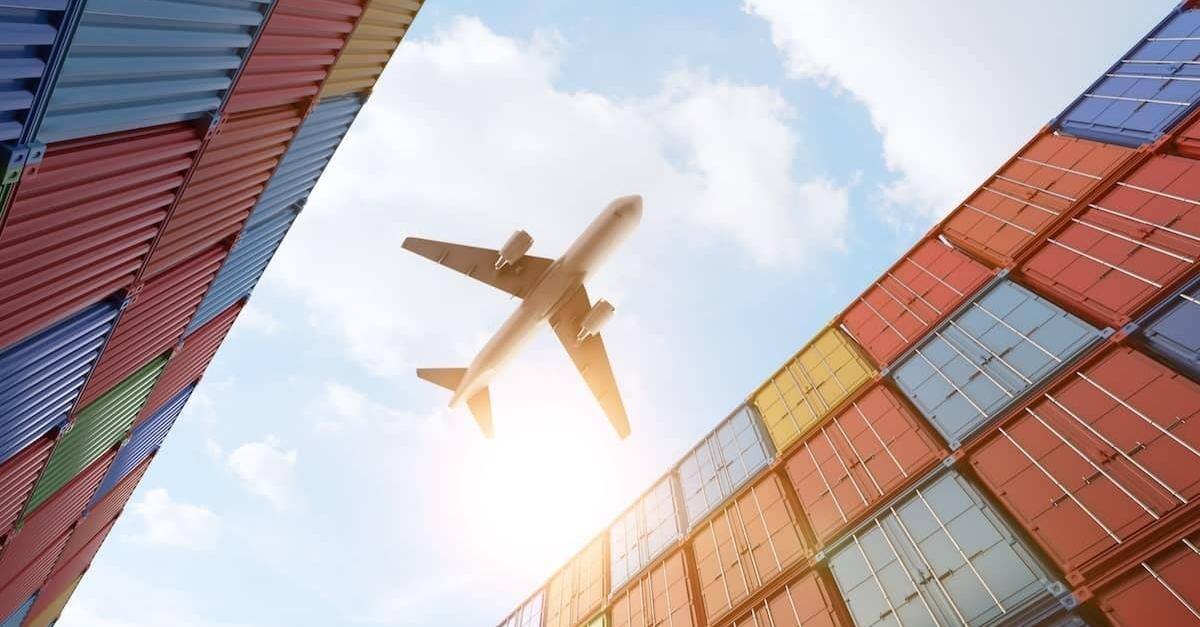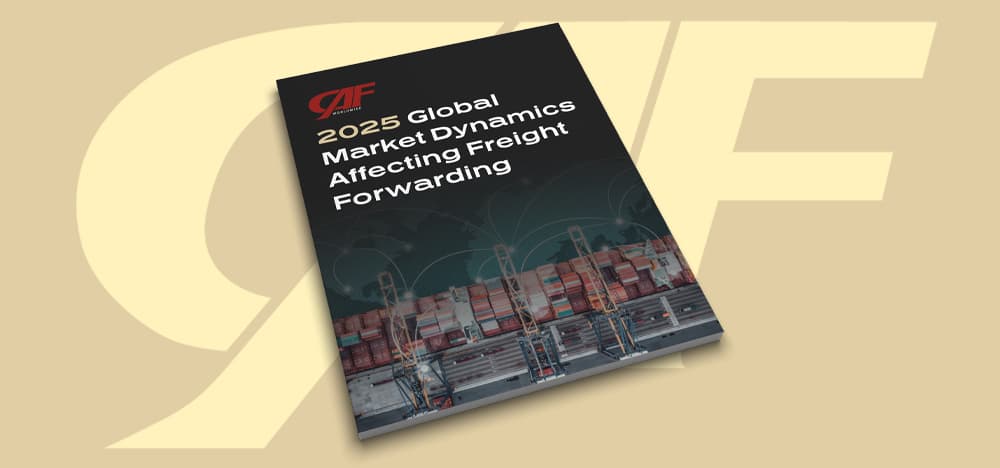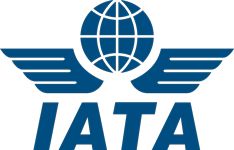As the world and transportation industry reactively respond to the current health and economic crises caused by novel coronavirus (COVID-19) and pre-existing challenges posed by the U.S.-China trade war, shippers continue to explore alternative production regions.
Emerging markets include Vietnam and Bangladesh. Mexico and Central America are also gaining traction through increasing apparel exports, and accessible ocean freight and truckload transportation.
Understanding this region’s trade agreements, politics, infrastructures and costs of doing business can be daunting. Assistance from a freight forwarder with an in-house, licensed customs broker is a necessity, especially during these uncertain times.
Let’s examine how CAF Worldwide can prepare shippers for a supply shift to these regions:
1. Navigating Trade Agreements
The U.S. Department of Commerce’s International Trade Commission states there are currently 14 free trade agreements between the United States and 20 countries. Two directly concern Mexico and Central America: The United States-Mexico-Canada-Agreement (USCMA) and Dominican Republic-Central America Free Trade Agreement (CAFTA-DR).
The United States-Mexico-Canada-Agreement
In November 2018, the United States, Canada and Mexico renegotiated the longstanding North American Free Trade Agreement (NAFTA) as the USCMA. It’s designed to benefit North American workers and businesses, and was revised in December 2019 for greater production incentives, including apparel and textiles. It also strengthens supply chains, customs enforcement, and presents other new opportunities.
Ratified on March 13, 2020, the new agreement takes effect in July 2020. The Office of the U.S. Trade Representative (USTR) heralds its “new protections for U.S. intellectual property, and ensuring opportunities for trade in U.S. services.”
Mexico totaled $611.5 billion in total goods trade with the United States in 2018, according to the agency, and currently ranks as its third largest such trading partner.
CAFTA-DR
Signed on August 5, 2004, CAFTA-DR is the first free trade agreement between the United States and developing Central American nations including Costa Rica, El Salvador, Guatemala, Honduras, Nicaragua, and the Dominican Republic.
These nations currently rank 18th in U.S. trade, totaling $57.4 billion in 2018.
A logistics company with partnerships in these developing nations can provide assistance in understanding and navigating the aforementioned free trade agreements.
2. Costs & Growth
Compared to China, Central America is still an up-and-coming market, but countries such as Guatemala and Mexico are rising in popularity as legitimate alternatives.
Guatemala
Textiles are this country’s third-largest exported item, with U.S.-bound supplies projected to surpass $2 billion, according to custom design and manufacturing solutions provider East West Manufacturing.
In 2018, political unrest in Nicaragua led Guatemala to experience a 7% increase, with a “heavy emphasis on knit sweaters and t-shirts,” it reports.
Guatemala’s absence of high tariffs, minimum production requirements, short lead times, and duty-free shipping will undoubtedly lead to a new era for textile exports.
Its shared borders with El Salvador also create lowered customs processing times.
Mexico
Mexican labor costs are lower than those in China. According to academic journal China Economic Review: “Average hourly wages in China’s manufacturing sector trebled between 2005 and 2016 to $3.60, according to Euromonitor, while during the same period manufacturing wages fell from $2.90 an hour to $2.70 in Brazil, from $2.20 to $2.10 in Mexico.”
Shippers can also save on production costs. Shelter services company Tetakawi reports: “It costs $1,800 and takes one week to ship a 40-foot container to the U.S. from Mexico, compared to costs of $4,300 and a 5-week timeline to ship from China.”
3. Security
Political unrest and security concerns are a concern in Nicaragua and El Salvador, and certain Mexican regions. Monitoring specific crime waves can be challenging, as each region has its own pattern.
Logistics providers such as CAF Worldwide can work with shippers on specific security and procedural protocols to ensure safe cargo. This includes establishing expedited services and specific routes to minimize idle cargo susceptible to theft.
Another method is predictive modeling. A freight forwarder will examine losses by specific shipment and product to determine future expectations. They can also include risk assessors, such as ISO 28000 security certifications, for example, which help logistics companies verify the product was shipped safely and on time. Swift communication and established relationships also help identify unexpected theft patterns.
4. Infrastructure
Some Central American countries face challenges regarding developed ports, air cargo, rail, and trucking frameworks. As economies improve, so will their accompanying transportation networks.
The Panama Canal
This transportation hub reopened on June 26, 2016 to ocean freight capacity. Originally able to handle 4,500-TEU (20-foot equivalent unit) Panamax ships, the locks can now accommodate neo-Panamax 15,000-TEU vessels.
Shipping industry magazine American Shipper states: “The expanded locks of the Panama Canal, which debuted in June 2016, have been a boon for many shipping sectors, but they were specifically designed with container shipping in mind.”
The canal ended 2019 on a high note. Maritime industry publisher and event organizer Riviera Maritime Media chronicles a 4.4.% increase in tonnage experienced by the waterway during the first half of FY2020.
Its chief governing entity the Panama Canal Authority is acutely aware of the many obstacles posed by the COVID-19 pandemic, yet Panama Canal Administrator Ricaurte Vásquez Morales tells the outlet: “Despite the challenges facing the industry today, our numbers demonstrate world trade is still moving and the Panama Canal is still playing its part to help ensure the continuity of global supply chains.”
United States-Mexico Link
There are also significant efforts underway to increase Mexico’s seafaring trade capacity. The Journal of Commerce reports that its Port of Altamira is investing nearly $51.4 million (U.S. dollars) in a dredging project to handle 14,000-TEU vessels. A key bridge will also be repaired, it adds, “as cargo volumes rise there amid declines at other major Mexican ports.”
Despite these initiatives, ocean cargo is still experiencing blank sailings due to COVID-19-related delays. Mexico and certain Central American countries, however, boast the added advantage of intermodal transportation, such as trucking from U.S West Coast hub ports.
“Last year, truck-transported trade of goods with Mexico, as measured by the value of the goods, accounted for 84% of total surface-transported trade, imports and exports, across the southern border,” states daily newspaper The Orange County Register.
Consult an Established Logistics Provider
Consider an experienced freight forwarder with an in-house licensed customs broker if you’re eyeing a Central America and Mexico supply chain transition. These relationships will eliminate pain points and other potential issues.
CAF Worldwide maintains an established network of logistics partners in Mexico and Central America. Give us a call (516-444-3700), or send an intro email (info@cafworldwide.com) to learn how we can help with your supply chain transition.
Click here to subscribe to our website, and to receive the latest CAF Worldwide Quarterly Forecast direct to your inbox.
Topics: Freight Forwarding, Footwear and Apparel, freight management logistics, Logistics and supply chain management













 Copyright 2025 CAF Worldwide. All rights reserved.
Copyright 2025 CAF Worldwide. All rights reserved.